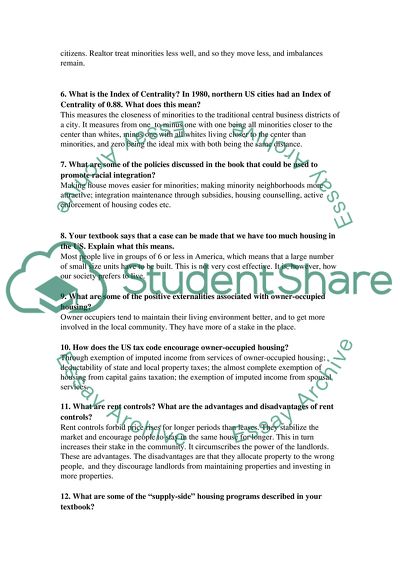Cite this document
(The Parents Role in Children Education Assignment, n.d.)
The Parents Role in Children Education Assignment. Retrieved from https://studentshare.org/education/1741359-finding-30-answers-from-an-e-book
The Parents Role in Children Education Assignment. Retrieved from https://studentshare.org/education/1741359-finding-30-answers-from-an-e-book
(The Parents Role in Children Education Assignment)
The Parents Role in Children Education Assignment. https://studentshare.org/education/1741359-finding-30-answers-from-an-e-book.
The Parents Role in Children Education Assignment. https://studentshare.org/education/1741359-finding-30-answers-from-an-e-book.
“The Parents Role in Children Education Assignment”, n.d. https://studentshare.org/education/1741359-finding-30-answers-from-an-e-book.


